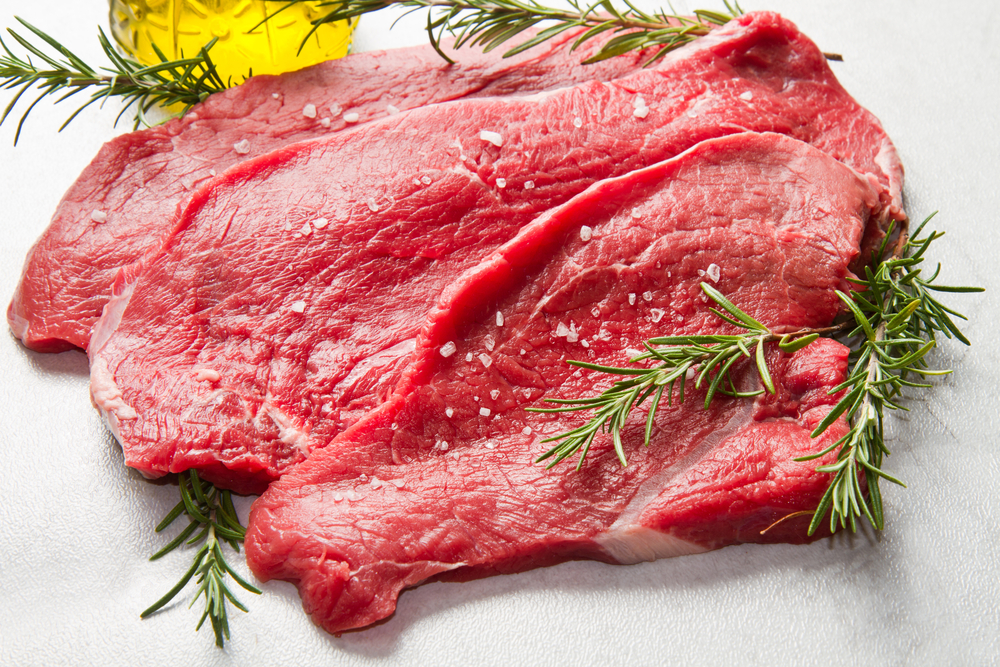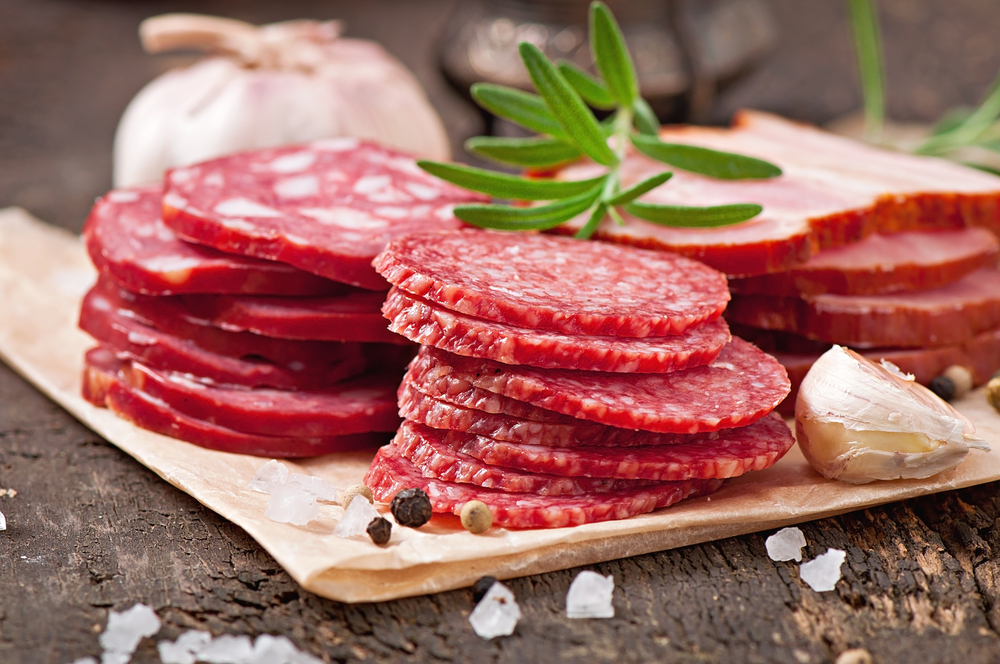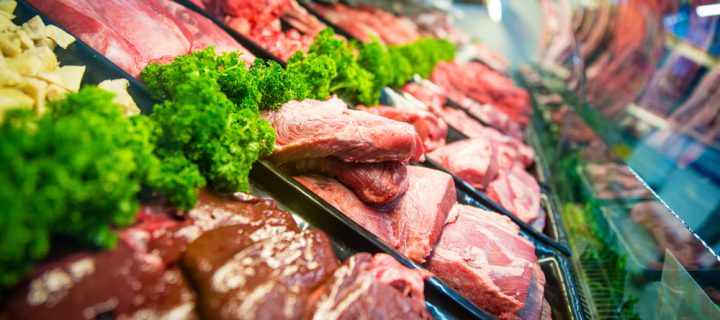It’s the end of January, meaning you’ve either given up on your New Year’s health goals, or you’re just starting to struggle maintaining your new, healthy lifestyle.
Regardless of whether you’re revving on or reverting back, you’ve probably figured out how important diet is to weight and health management.
This month – or, ‘Veganuary’ – also happens to be the point people give up meat in their diet, seeing it as unhealthy, with no business in a healthy diet. But, nutritionists agree when cooked in certain ways, meat can be an important part of a balanced meal.
“It comes down to portions,” explains Anar Allidina, a registered dietitian based in Richmond Hill, Ont. “It’s recommended to have no more than 18 ounces of red meat per week. This is a generous amount given that a serving should be around four ounces — the size of a small iPhone.”
She also notes that the cut is as crucial as the preparation.
“The leaner cuts tend to be fillets, or a cut that has ‘loin’ or ’round’ in the name.”
But wait, there’s more: to further maximize antioxidants and cut even more calories, opt for grass-fed meat and poultry.
“When having red meat, think of it as an ingredient in your meal and make sure it isn’t the star. Round the meal with vegetables, make a stew or a stir-fry.”
The Great Red Meat Debate
Allidina says that in general, red meats (beef, pork and lamb) do contain more cholesterol and saturated fat than chicken or fish.
“Cholesterol and saturated fat can raise your blood cholesterol and contribute to heart disease,” she continues.

And while there have been previous studies showing eating too much red meat over the long term isn’t good for the body, the fact remains humans have been including these meats in their diets for centuries.
“Despite all the hype surrounding red meat, it really isn’t so bad for you,” Allidina continues.
“More research is showing that processed foods and the sugars in our diet contribute to inflammation which can lead to high cholesterol and heart disease … the blame shouldn’t be on red meat alone.”
She went on to conclude that red meat absolutely has a place in diets, as long as its enjoyed, like most things, in moderation.
“It is a protein powerhouse plus it contains vitamin B and zinc, and it has twice as much iron as chicken.”
Related: What Happens When You Stop Eating Meat?
Recommended Cooking Techniques
Carolyn Berry, registered dietitian and certified diabetes educator in Vancouver, opts for cooking techniques that limit any extra fat and calories.
This can be done through a variety of cooking methods – think grilling, roasting, baking, steaming, press cooking, slow cooking. Sorry, but deep-frying did not make the cut.
“Avoid marinades and sauces that are high in sugar and sodium,” she adds.

In addition, Allidina says to avoid processed deli meats – hot dogs, salami, and bacon – seeing as they’re loaded with sodium and nitrates, which are used as meat preservatives.
“It’s fine to have on occasion but if you’re having deli meat several times a week, you should cut back to no more than two servings a week.”
Finally, Berry says to trim any visible fat before cooking, and to let any hidden fat drain away from the meat post-cooking.
“Place roasts and similar cuts on a rack in your cooking pan, so that the fat can drip away as the meat cooks. Discard the fat.”
Photo Credit: ESB Professional/Shutterstock.com; Luca Santilli/Shutterstock.com; Timolina/Shutterstock.com











